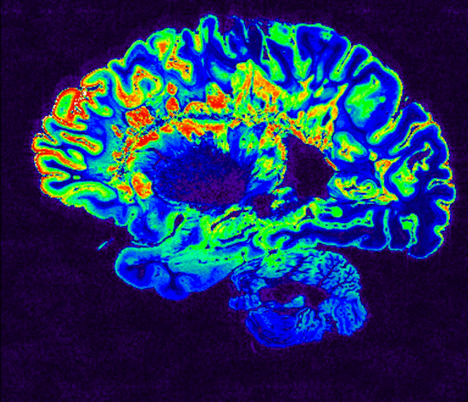
There is no cure for Alzheimer’s, but there is still reason for hope. Early intervention, even with the frustratingly limited treatments currently available, can slow disease progression and thereby extend quality of life for those with the disease. However, that intervention isn’t possible without an early and accurate diagnosis, which can be difficult in neurological issues. Diagnostic imaging equipment has a part to play in reinforcing cognitive and behavioral testing, ensuring a higher degree of accuracy in diagnosis and buying precious time.
The Importance of Accuracy
When Alzheimer’s is mistaken for something else, such as dementia or traumatic brain injury, precious time is lost, and ineffective treatments applied, meaning that a rapidly-closing window can leave few options when the mistake is caught. This cuts both ways, of course. The Alzheimer’s Association estimates that 40% of dementia has its roots in causes other than Alzheimer’s, and a UCLA study found that a full 21% of adults with dementia may be misdiagnosed with Alzheimer’s. This leads to “patients not receiving the appropriate treatment, and prevents them from participating in clinical trials that could improve their overall care.”
Current Diagnostic Tools
For quite some time, the diagnostic tools available were limited to cognitive and behavioral evaluations conducted by a general practitioner, geriatrician, or neurologist. Impaired cognitive ability, memory loss, behavioral changes, and degraded ability to do everyday tasks were all taken as possible symptoms, and might be evaluated alongside interviews with friends and family as a control. Testing for other conditions, like strokes and Parkinson’s disease would also be performed to rule out other diseases and disorders.
Brain imaging is a more powerful tool in the diagnostic arsenal. As it stands now, technology like magnetic resonance imaging (MRI), computerized tomography (CT) and positron emission tomography (PET) scans are used to rule out brain tumors, strokes, and cerebral hemorrhage, to distinguish among types of degenerative brain disease, and to understand the degree of degeneration.
New Uses for MRIs in Alzheimer’s Diagnosis
The above-cited UCLA study holds out hope for more accurate diagnoses. By measuring brain volume and closely examining the regions of the brain affected, it becomes possible to diagnose with greater accuracy and a higher degree of certainty.
This is due in part to the distinct regions of the brain affected by different pathologies; for instance, the damage found in the hippocampus that is common to Alzheimer’s cases is largely absent or significantly less severe in patients with traumatic brain injury and dementia, whereas the ventral diencephalon damage found in TBI and dementia are not associated with Alzheimer’s. This use of magnetic resonance imaging should increase the accuracy of diagnosis, moving the timeline so that the right treatment starts earlier.
The Future of Alzheimer’s Diagnosis
Earlier, we mentioned PET scans in brain imaging. A new use is just over the horizon. As the Mayo Clinic points out, PET scans are capable of finding the tau proteins and amyloid plaques that are a hallmark of Alzheimer’s, even before the onset of symptoms. However, this use is still in the research phase, and may not come into common use as a diagnostic tool for some time yet.
It’s axiomatic that you fight a war with the army you have. All of us at Great Lakes Imaging are well aware of the dedication and tenacity of those on the front lines in the fight against Alzheimer’s—Alzheimer’s patients, their families and caregivers, as well as the doctors and scientists alike. But we also know that the arsenal available to the “troops” is still a work in progress, and we look forward to further progress as we all fight to eradicate this scourge.
